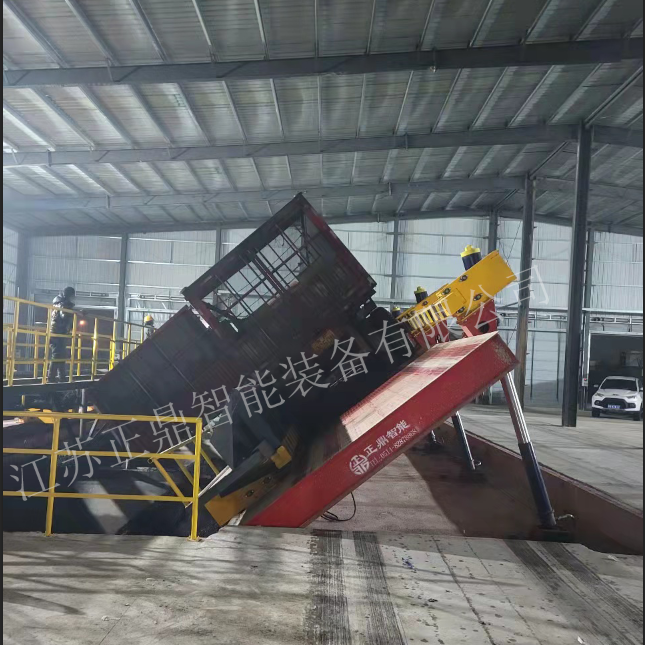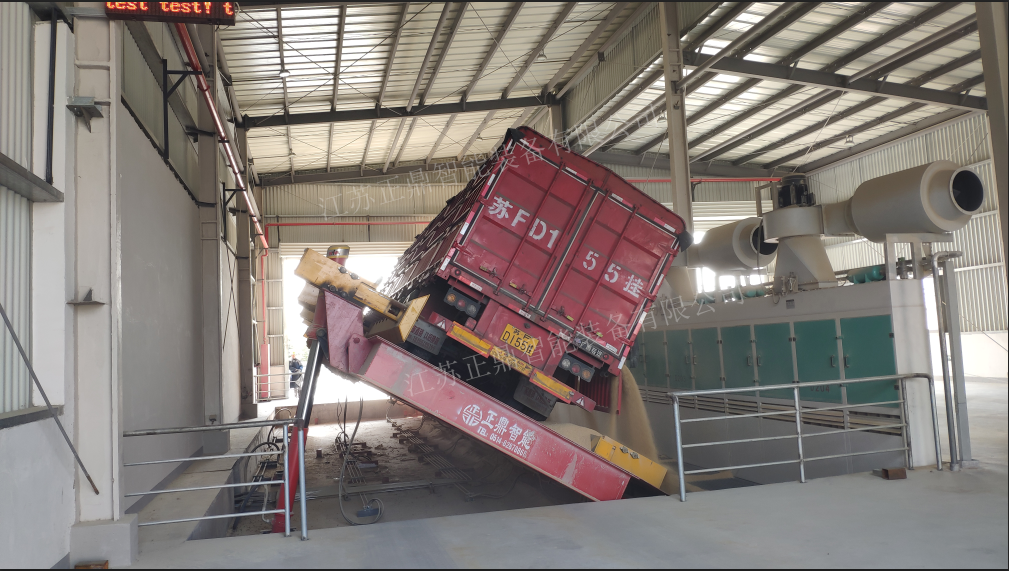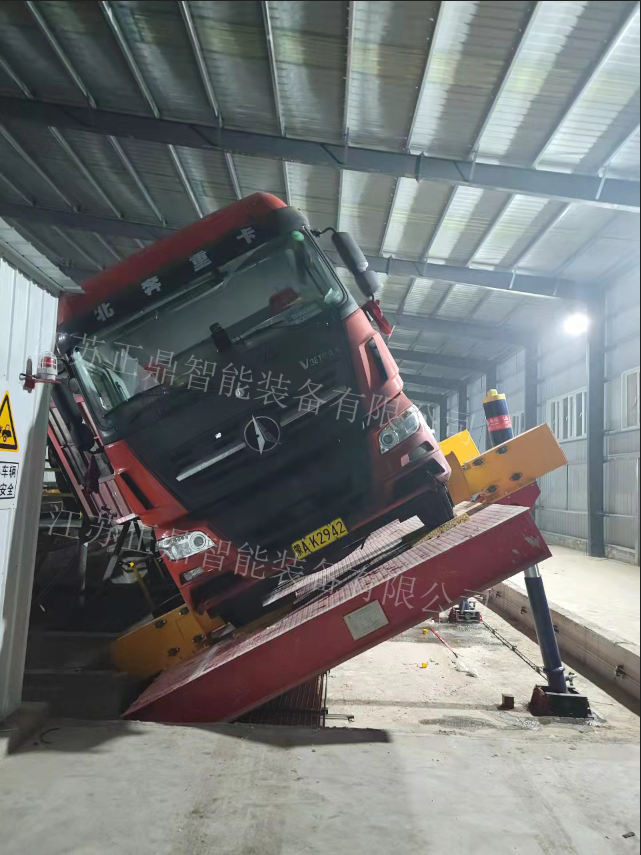warehouse container unloading
Warehouse container unloading represents a crucial operational process in modern logistics and supply chain management. This sophisticated system combines automated machinery, strategic planning, and efficient workforce coordination to streamline the movement of goods from shipping containers into warehouse facilities. The process typically involves specialized equipment such as forklifts, pallet jacks, and conveyor systems, working in harmony to ensure swift and secure unloading operations. Advanced container unloading solutions incorporate smart technologies, including RFID tracking, real-time inventory management systems, and automated guided vehicles (AGVs). These technological integrations enable precise monitoring of goods movement, minimize handling errors, and significantly reduce unloading time. The system accommodates various container sizes and cargo types, from standard 20ft and 40ft containers to specialized shipping units. Safety features are embedded throughout the process, including load sensors, emergency stops, and worker protection protocols. This comprehensive approach to container unloading not only ensures efficient cargo handling but also maintains inventory accuracy and reduces product damage risks.


